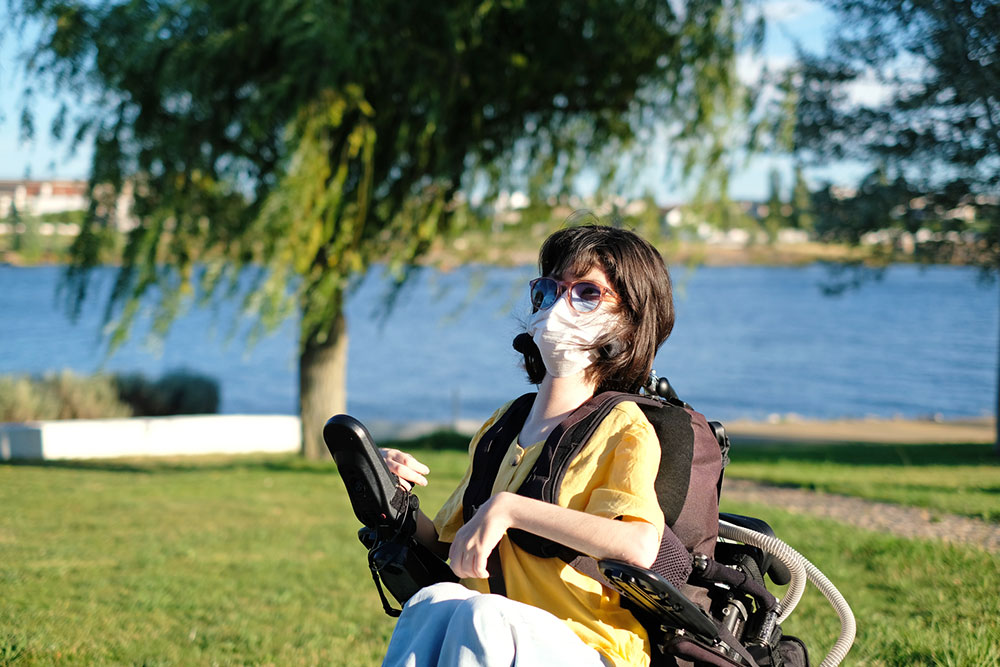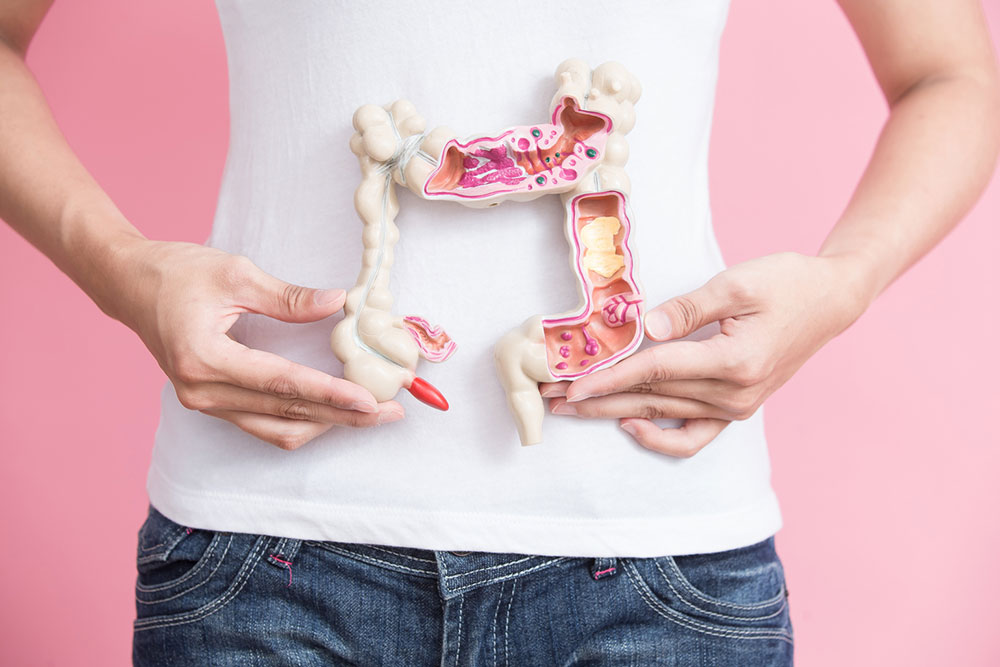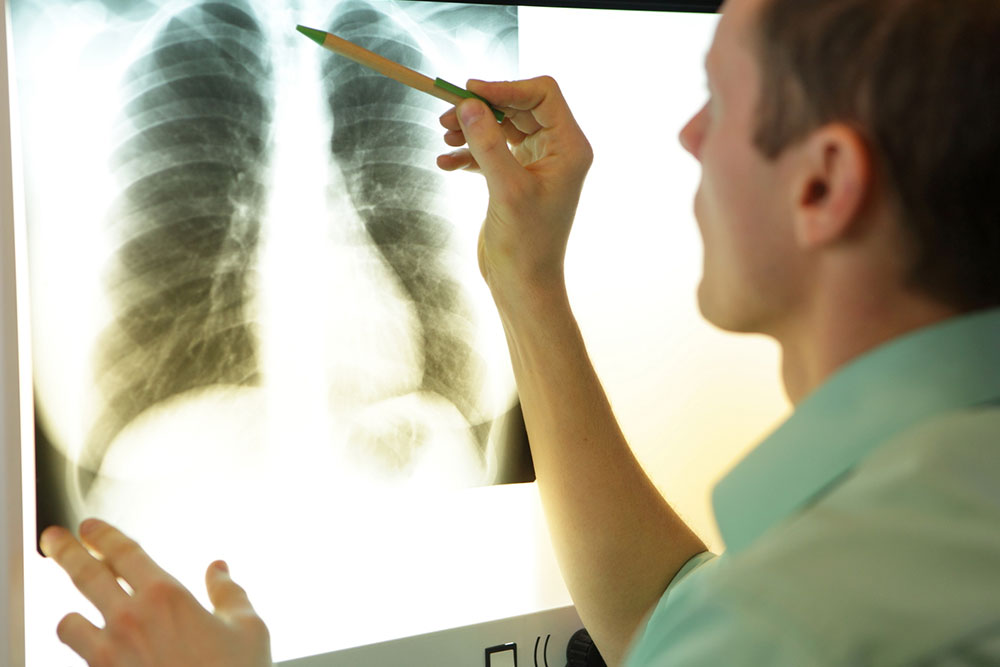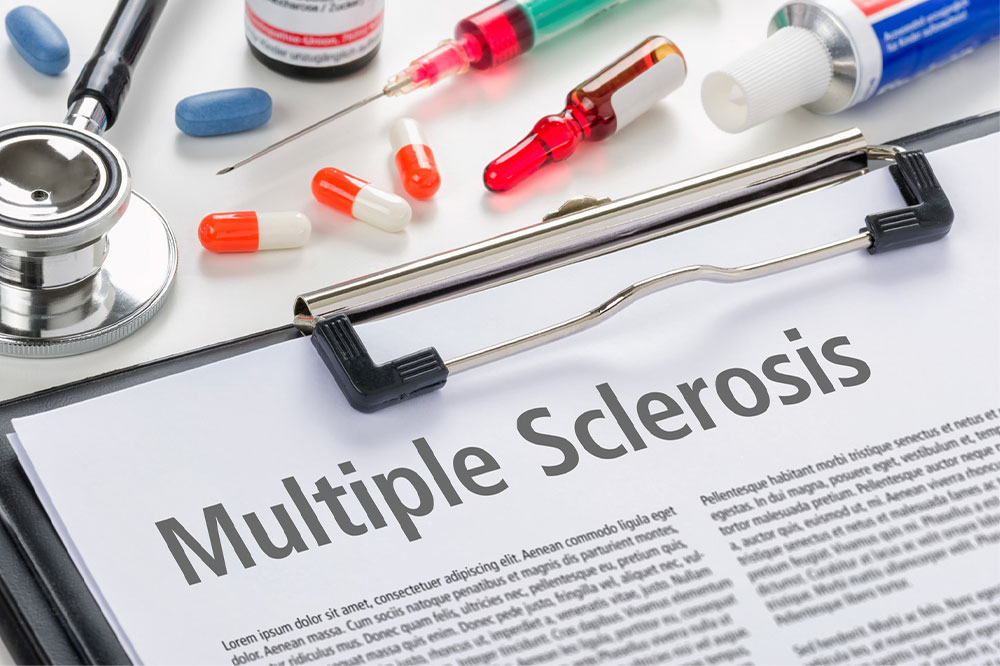
Health
12 unusual and early signs of blood clots
Circulation is one of the body’s critical functions, where freshly oxygenated blood from the lungs is pumped to all organs and extremities by the heart and is a continuous process. However, certain risk factors can trigger the formation of blood clots that affect this function. Several common and less typical signs make it difficult to confirm this problem. One should never ignore the early and unusual warning signs of blood clots. Unexplained swelling One of the earliest signs of a blood clot can be sudden and unexplained swelling in a specific body part. Blood flows through an intricate network of arteries and veins to all organs and extremities of the body. Clotting in this function results in the blood pooling that builds pressure and causes swelling. This type of swelling is easily identifiable as no injury or bruising results in the swelling. Pain or tenderness Blood clots often cause pain or tenderness in the affected area. Patients often complain about sudden cramps, a deep ache, or even a sharp stabbing pain that usually worsens with the most basic movements. Warmth and redness Clotting triggers a slight temperature change around the skin over a clot. It might feel warm to the touch and appear red or discolored.
Read More 













